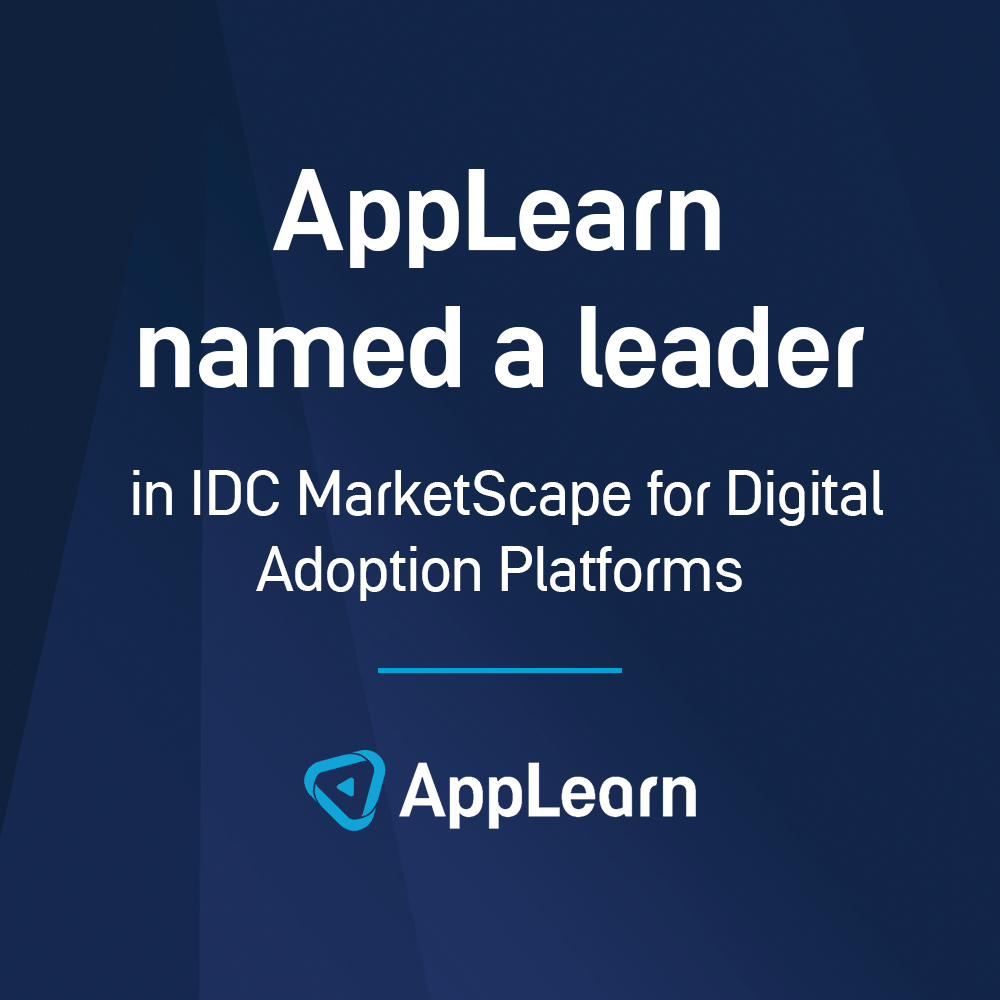News
The top tech challenges facing organizations in 2022
The top tech challenges facing organizations in 2022
Organizations across all sectors have experienced huge disruption in the past few years. From financial services to manufacturing, new tech has been rolled out at an incredible rate and it’s reflected in the figures: work applications deployed by firms across all industries increased by 68% in recent years.
Given a widespread increase in remote working, organizations have looked to quick tech fixes to solve immediate IT needs. More than 80% of workers have said that the uncertainty of the past few years has substantially affected their daily work lives. Considering that companies on average are now using seven different tools for messaging, collaboration, file sharing and meeting management, this isn’t exactly surprising.
Despite many countries emerging from restrictions in 2022, hybrid working is set to be the norm for many businesses that operate digitally. As a result, employees are increasingly reliant on new technology, from collaboration tools such as Microsoft Teams and Zoom, to applications delivering key business functions such as Workday, Salesforce and Sage.
This increased use of applications has come with its consequences. While tech can make people’s lives easier, recurrent IT issues or a lack of proper training is costing organizations dearly.
This employee experience research found that since March 2020, 58% of employees said the number of applications they use has increased, and 76% spend up to 6 hours a day using business applications.
Using this research, and looking at the changing digital employee experience, we’ve examined the top tech challenges facing organizations and their people in 2022.
Rising frustration with the employee experience
Our research shows that since March 2020, a fifth of employees within large organizations report being more frustrated with business applications. Whether it’s due to relying on an increased number of applications or poor experiences with certain workplace technologies, these struggles are likely to continue this year without proper intervention.
So, how can organizations reduce frustration for their teams? They should start by listening to them.
Ask if they’re having trouble with tech. Gather qualitative and quantitative information on what the common problems seem to be. Could you arrange additional training, tailored to particular roles or levels of ‘digital savviness’? Is there another application or wider experience that would be better suited to their work needs?
By learning from the people dealing with these challenges firsthand, we can better support them in their day-to-day working lives.
Losing time (and money) to software support
Frustration isn’t the only problem. With many employees struggling to use applications they are spending significant time just getting support.
In fact, 39% of employees who use business applications spend up to 30 minutes a day looking for support with them, totaling more than 3 working weeks a year per employee. They are also spending twice as long looking for support materials than they do actually using them, another key challenge to target in 2022.
This time might be stacking up because people are working across multiple applications with different user interfaces or routes to support. It might be simply due to difficulty with particular software. What’s clear is that as well as time lost being significant at an individual level, it is especially sobering when considered business wide.
In Great Britain, large businesses lose on average 71,183 hours, costing £1 million a year, from employees having to seek out technology support. In the States, this can amount to $6 million every year. Businesses will continue to lose time and money in 2022 unless they make a change.
Measuring the value of tech investments
Given the challenges people may be facing with these new additions to their digital workplace, decision makers need to make sure investments ‘pay off’ in the long term.
Our Digital Adoption Pulse Report found that only 12% of organizations measure success and outcomes of new tech investments 1-2 years after initial roll out, and just 5% maintain this measurement after 3 years. The danger for businesses? Investments may be wasted if you cannot track results or measure true ROI. It impacts long term business performance and means common issues, with simple fixes, could be missed.
However, where there’s a challenge, there’s an opportunity. Organizations can reap the full reward of tech investments and keep their people happy and productive through measurement. It’ll help you see areas for improvement and set clear goals to work towards. Prioritize software performance tracking and measurement, then act on their findings with ongoing optimization.
What can organizations do now?
By digging deep into the way employees interact with enterprise technologies, organizations can create a digital experience that works better for everyone. One method to do this? A Digital Adoption Platform (DAP).
DAPs are transforming how people interact with workplace tech. As well as providing an organization with a wealth of useful data and analytics, DAPs also help users better navigate and understand applications by providing in-app guidance as they use them.
Appear to be having issues with completing a certain task in an HR portal, CRM or other applications? A DAP will prompt you to a relevant help guide, or an in-app chatbot, to get you the support you need when and where you need it. It’ll also ensure the application knows about the issue and has the means to resolve it.
We’re obviously a fan of them – we made one after all – and if you’re interested in finding out more, you can learn more about our digital adoption platform.
By identifying whether your organization is facing some of these common challenges, and taking proactive steps to address them, you can start to take action to improve your team’s tech issues in 2022.
If businesses can get this right, not only will there be significant cost and productivity gains to be made, but it will create a better employee experience—keeping your people happy and motivated in their digital workplace.
Article by
Daniel Gripton
Share this article





